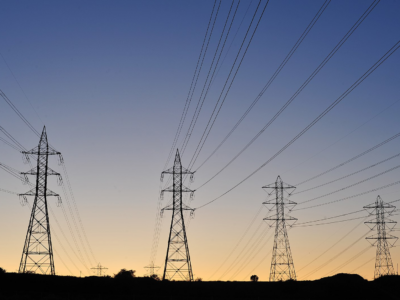Carbon as Commodity and Currency
As a number of writers have suggested, it’s intriguing to think about the ways in which carbon functions like money to an increasing extent as a medium of exchange, and a measure and storehouse of value. Thus, alongside (and intertwined with) the existing money-based economy, we can envision the emergence of a carbon-based system of activity and exchange.
Here are some examples.
- In a cap-and-trade system, people trade the right to emit carbon.
- Carbon can also be cashed out in a system of emission fees, thereby functioning as a commodity.
- In an offset system such as the CDM, carbon measures the exchange rate between industrial emissions in one country and emissions of greenhouse gases in another.
- In terms of other types of offsets, carbon may measure the equivalence between forests in one place and industrial emissions in another. Thus, carbon rights serve as a medium of exchange.
- If banking or borrowing of credit is also allowed, carbon then becomes a way of storing value for future use.
All of this looks very much like a currency. There are also situations in which carbon could become a measure of environmental harm. When a hydropower project is approved, despite environmental impacts, in order to mitigate climate change, we are actually measuring the environmental harm against a quantity of carbon. It’s not too hard to imagine a world in which carbon equivalency becomes the normal measuring rod for environmental damage.
We could even do cost-benefit analysis using carbon-equivalents on both sides of the balance. Carbon has two advantages as a measuring rod. It’s regularly exchanged for money, on the one hand. On the other hand, while every acre of wetland is in a sense unique, every ton of carbon is the same in terms of its environmental impact, which makes it a far better measurement.
“Carbon as currency” is in some ways a metaphor, but it also points towards the emergency of a new global economy of carbon, where carbon flows will cross the world and coordinate activities in a wide range of sectors. We see this with the CDM and REDD as carbon trades. We are also starting to see standardized eco-building and eco-city designs that provide carbon benefits on a uniform basis globally, just as McDonald’s produces standardized foods in standardized settings from Kansas to Kolcata.
It’s not clear how far it’s worth pushing this idea. If nothing else, however, it does illustrate the pervasive ways that climate change and the carbon that fuels it are pervasive factors in terms of both society and the environment.







Reader Comments